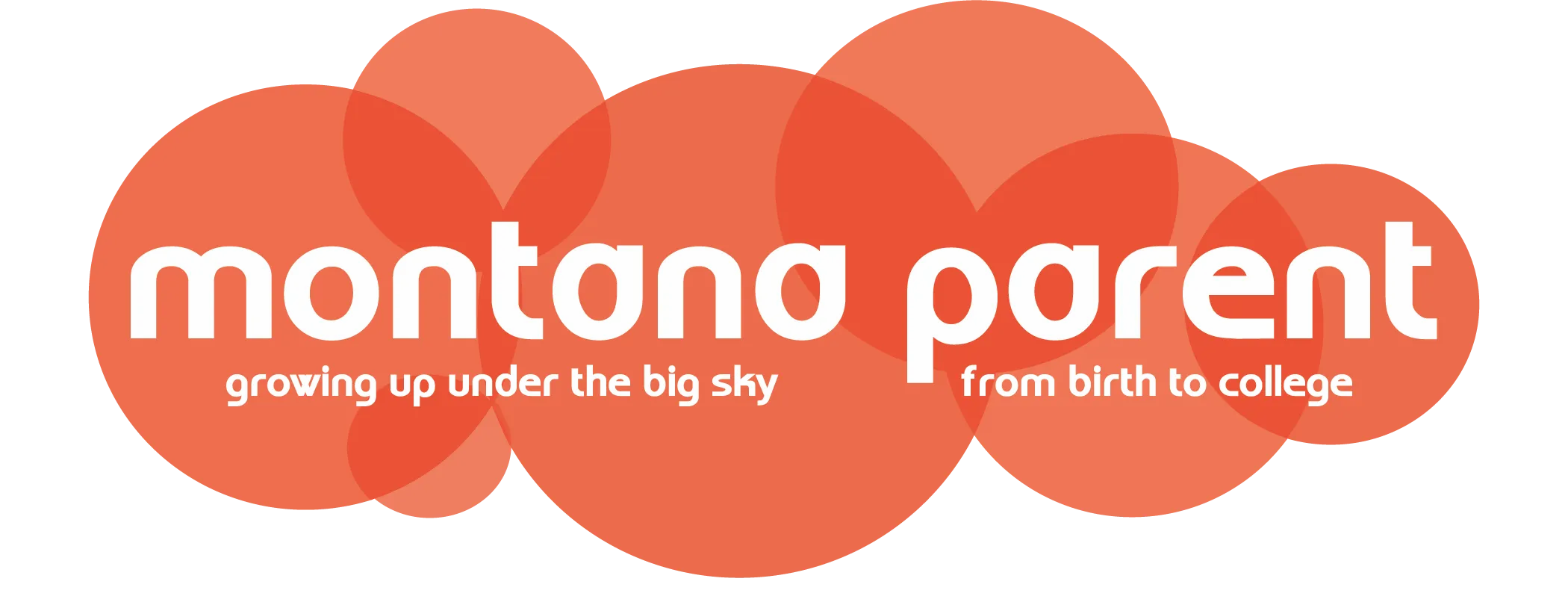Prenatal Fitness Guidelines
January 28, 2015
Posted By: Shaunescy
WRITTEN BY AMY LYNN STODDART
Pregnancy can be a thrilling period in life, particularly if it’s your first one. Many women, however, feel overwhelmed by the changes in their bodies and the conflicting warnings they hear about food and exercise. It seems we begin to worry for our children almost the moment they are conceived. For most healthy women though, pregnancy should not be treated as an illness or condition that causes you to drastically change your lifestyle. Sure, you’ll need more rest and more calories to grow that baby, but your lifestyle can remain essentially the same as pre-pregnancy if you are a healthy woman.
The American College of Obstetrics and Gynecology (ACOG) and the American Society for Obstetrics and Gynecology (ASOG) recommend that normally healthy pregnant women may continue an already- established exercise regimen. This somewhat contradicts the guidelines of the mid 1980s, which suggested that women not exceed a maximum heart rate of 140 beats per minute (bpm). Pregnant athletes at the amateur and professional levels found this challenging, to say the least, because 140bpm didn’t come close to their pre-pregnancy level of workout. In 1994, ACOG revised these guidelines but failed to address the maximum bpm.
So, if pregnant women can’t use a suggested heart rate to assess safety in their workouts, what factors should they use as guidelines for keeping themselves and their babies safe while enjoying pleasurable and necessary exercise? Dr. James Clapp’s 2002 book Exercising Through Your Pregnancy provides more reasonable guidelines for pregnant athletes who wish to continue their pre-pregnancy levels of exercise. He asserts there are three areas of concern when exercising while pregnant: hyperthermia, sports injuries and oxygen deficit.
Hyperthermia , a higher-than-normal body temperature, is a concern particularly in the first trimester when the fetus cannot regulate its own body temperature and is most susceptible to its mother’s. This condition has the possibility of leading to birth defects, although fit clients have an easier time dissipating heat, so the high risk is with mothers who begin a new fitness program or amp their old one during pregnancy. To prevent over-heating, wear loose fitting, light clothing; avoid exercise in the heat of the day; drink plenty of water and avoid increasing pre-pregnancy levels of exercise. Clapp recommends a temperature increase of no more than 3 degrees Fahrenheit and a post-exercise temperature no higher than 102 degrees F.
Sports injuries from falls or contact sports can affect both the mother and child. When a woman is pregnant, the relaxin hormone works to loosen and open her body to prepare for delivery, therefore all connective tissue becomes more open and mobile. This can result in falls, instability of the pelvis and knee joints, and precarious balance, at best. Be thoughtful about alignment of the lower leg, be cautious getting on and off that treadmill and be certain that your fitness instructor keeps you in safe ranges of motion.
Contact sports are not the best choice for pregnant mothers. Extreme blows to the abdomen can damage both the baby and the placenta. Skiing, sadly for most Montana mothers, does present some major risks as well. I know plenty of women who skied safely through multiple pregnancies and now ski with their babies in a backpack, but a hard fall is a risk to consider.
Oxygen deficit is most commonly a concern for unfit women or women with inconsistent levels of training who attempt to take on an unusually strenuous exercise during pregnancy. Women who train regularly, and whose fetuses therefore train regularly with them, are more able to adapt to the stresses of exercise. Increased blood flow, and therefore decreased levels of oxygen to the fetus, can have catastrophic consequences.
So be reasonable; listen to your body. If you are totally sucking wind, slow down. Enjoy the changes in your body and know there will be plenty of time to run with that baby in the jogging stroller in just a few short months. Remember, babies stop moving when they are not getting enough oxygen, so be mindful of fetal movements before, during and after exercise. Your run might lull that babe to sleep, but in the hours following the workout you should be aware of movement.
If you practice Pilates or yoga during pregnancy, it is important to consider avoiding exercises that have you lying supine for extended periods of time. While there is much conflicting information on the validity of claims that the supine position after the first trimester can put too much pressure on the inferior vena cava (the vein that returns blood to the heart from the torso and legs), I typically avoid it in my pregnant clientele. In my opinion, why risk it? A good practitioner should be able to provide you with a plethora of modifications in seated positions that achieve the same or better goals.
If, despite your overall health and maintenance of the same level of exercise, you experience abdominal pain, vaginal bleeding, nausea, dizziness, shortness of breathe or similar concerns, contact your physician or midwife immediately. No two pregnancies are exactly alike (even for the same woman) and it’s important that your care provider be aware
of your fitness program and its relationship to your growing fetus and changing body.
________________________________________________________
©Amy L. Stoddart is owner of Bridger Pilates and Wellness in downtown Bozeman. Information on Pilates instruction, massage therapy, and do?TERRA essential oils can be found online at www. bridgerpilates.com. Amy is a STOTT Pilates Certified Instructor, holds an MFA in Dance and is Resident Choreographer of the Montana Ballet Company.














